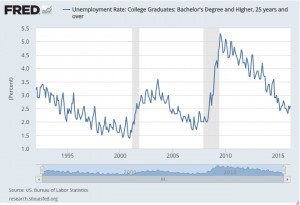By Kimberlee Kruesi /Associated Press
BOISE, Idaho (AP) — Idaho lawmakers, business leaders and education experts met Friday to begin identifying key changes to the state’s colleges and universities to improve postsecondary access and graduation rates.
The 36-member task force — which includes all eight presidents of Idaho’s public colleges and universities — focused on workforce challenges, funding woes and the state’s role in promoting higher education.
The task force seeks to address Idaho’s dismal college graduation rate. State officials have unsuccessfully attempted to reach the state’s 2010 goal of getting 60 percent of Idaho’s young adults complete a post-secondary degree or certificate by 2020.
“There are roughly 100,000 students in our higher education system today and we’re probably talking about an additional 40,000 students enrolled in higher education to get to the 60 percent goal,” said Bob Lokken, the head of WhiteCloud Analytics Inc. and co-chair of the group. “That’s effectively two more Boise State Universities…if we’re going to grow by 50 percent it’s hard for me to see how we’re going to grow the budget by 50 percent.”
Idaho’s Republican-dominated Legislature has drawn criticism from higher education advocates in recent years for slashing college and university budgets during the Great Recession and delaying the replacement of those dollars.
This year, budget writers had to defend modest state budget increases for community colleges, colleges and universities.
“This needs to be seen as an investment, regardless of the political climate,” said state Sen. Bob Nonini, R-Coeur d’Alene. “I think the return on investment is going to be substantial and a key aspect to selling this.”
Gov. C.L. “Butch” Otter created the task force in January and expects to receive recommendations later this year and possibly call on the Idaho Legislature to take up legislation during the 2018 session.
In 2013, Otter spearheaded a similar effort focusing on K-12 education. The task force’s work eventually resulted in 20 educational reforms that are only halfway done in being implemented. This includes a multi-year effort to boost teacher pay designed to retain and attract educators.
During Friday’s meeting, members agreed that finding concrete goals to getting more students enrolled and pinpointing how much that might cost — as well as finding sustainable tuition fees— will be their focus moving forward.
However, the group didn’t finalize any recommendations and plans to meet next in August.





